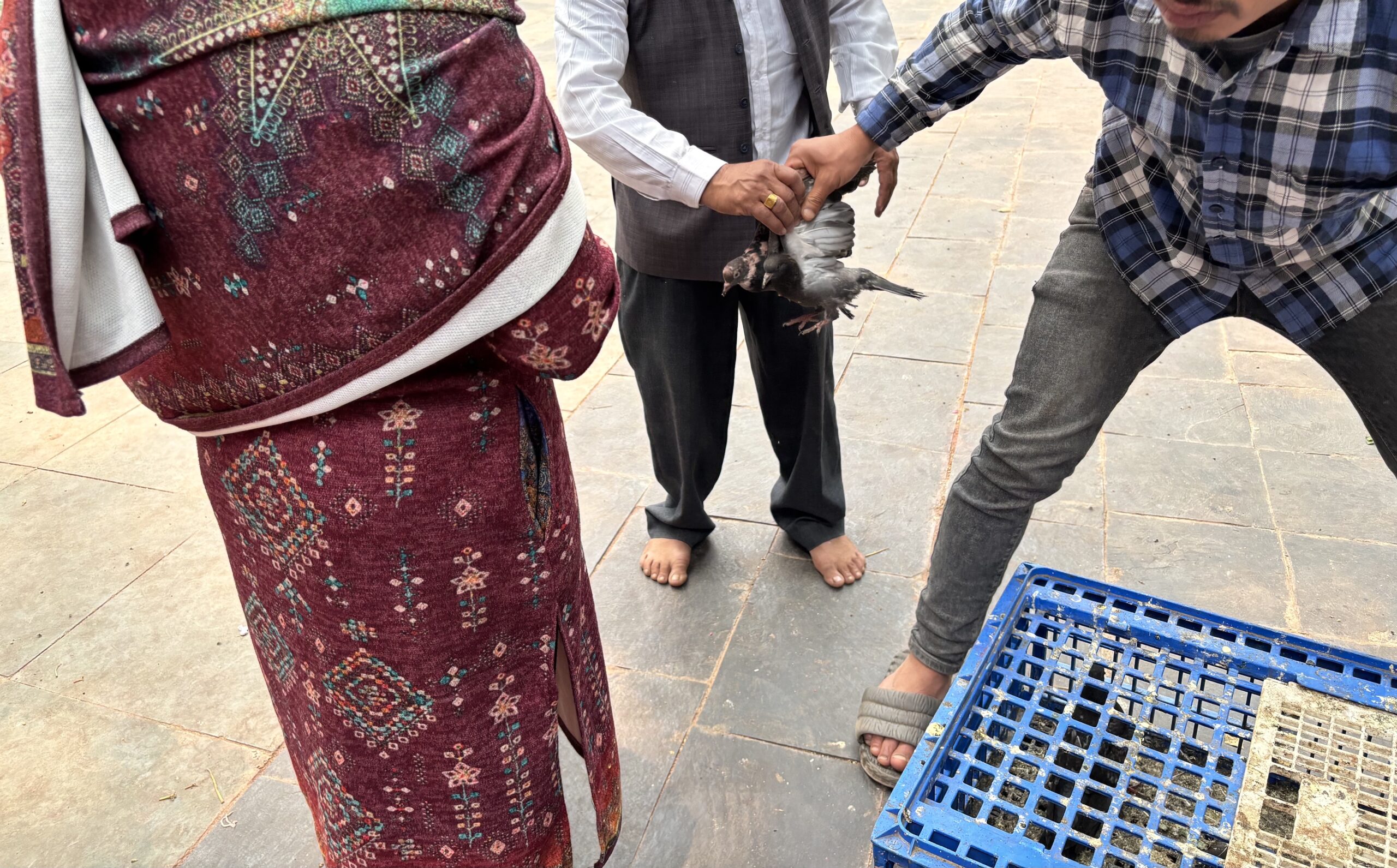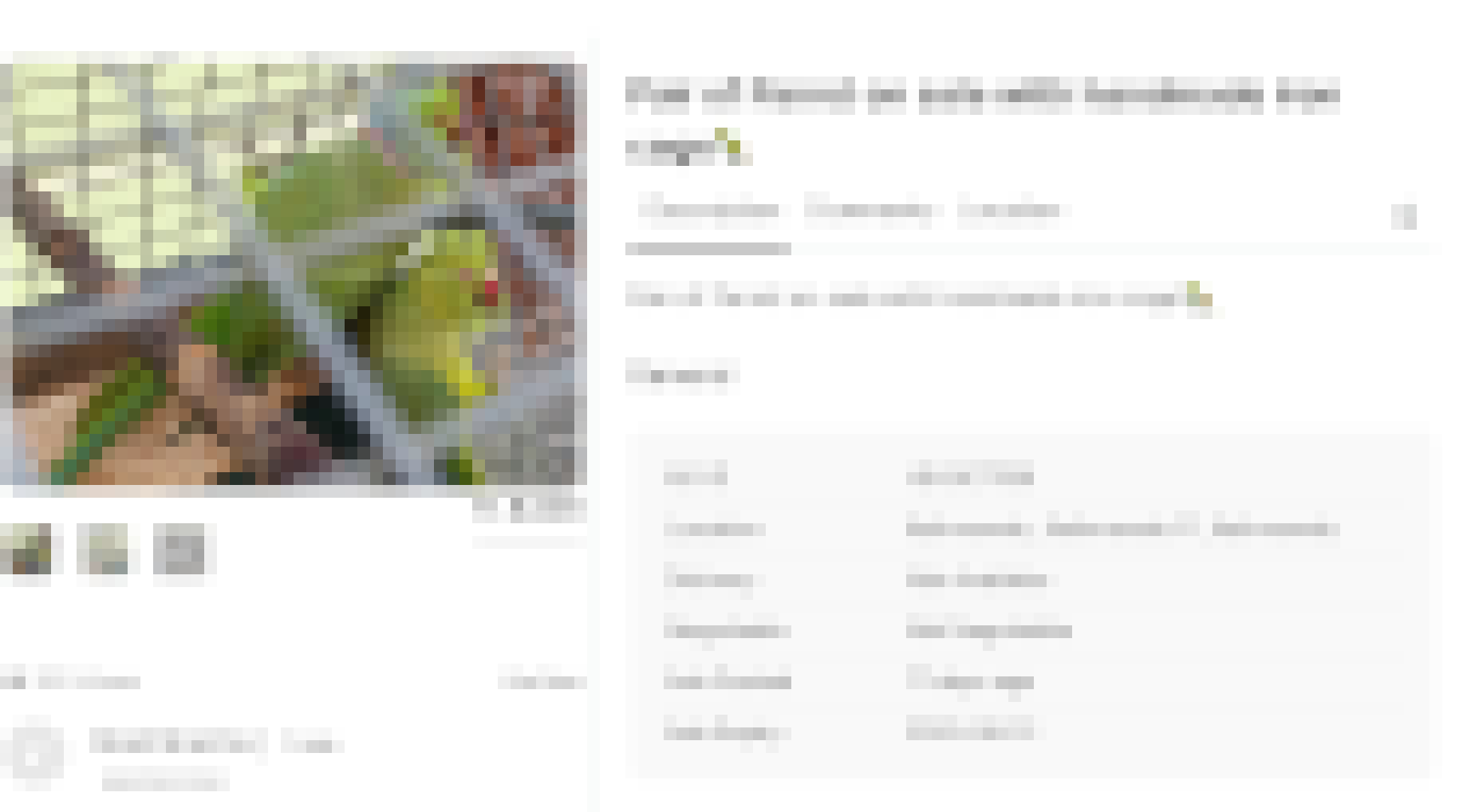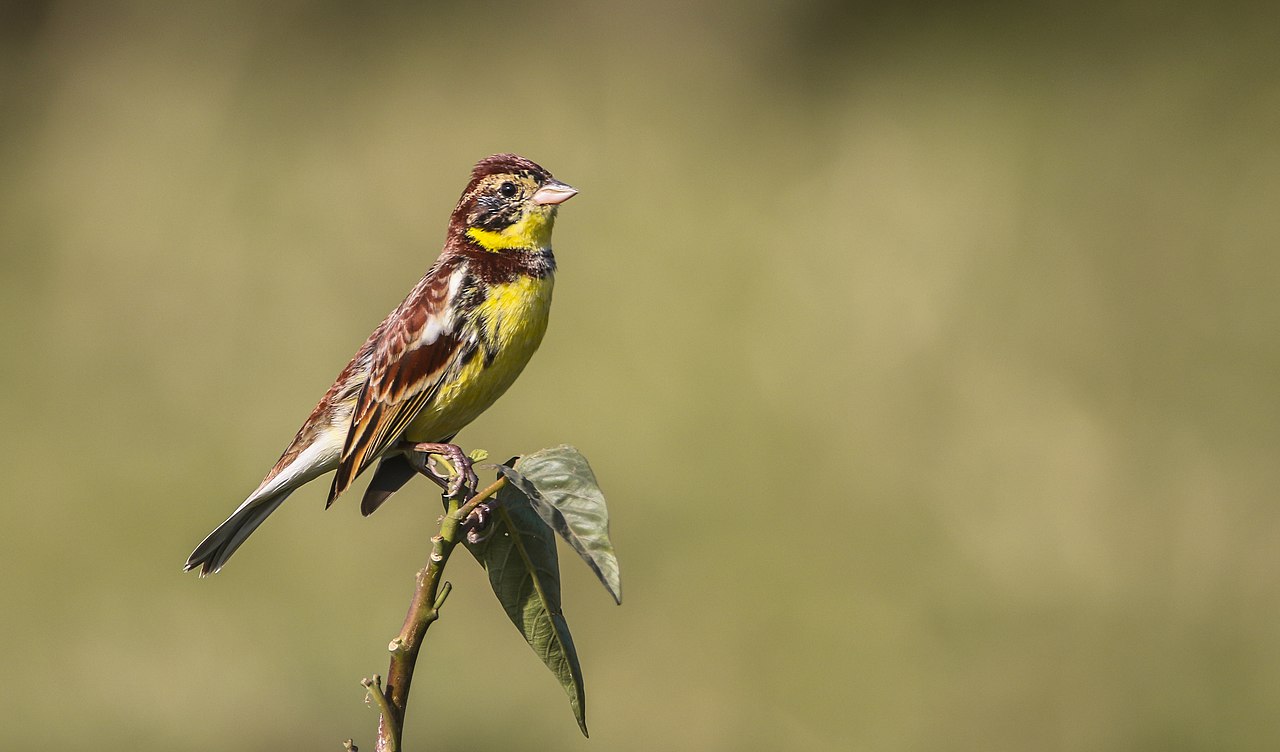- The preliminary findings of a recent study suggest a shift in Nepal’s illegal exotic pet trade, moving from physical markets to digital platforms due to widespread smartphone penetration, social media usage, and online payment systems.
- Nepal, traditionally a source and transit country for illegal exotic pet trade, is now potentially emerging as a destination as well, driven by economic growth and increased connectivity in South Asia.
- Birds and reptiles, both native and exotic, are among the most actively traded species, with hundreds of animals now being exchanged in single transactions.
- While the shift to digital poses new challenges for law enforcement, researchers suggest it also could indicate increased public awareness, making open, physical trade more difficult.
KATHMANDU — Wildlife trafficking for the illegal pet trade in Nepal has made a significant shift online, according to recent research that attributes the trend to the rapid penetration of smartphones, social media and online payment systems across Nepali society.
The findings, based on year-long research led by Reshu Bashyal from environmental NGO Greenhood Nepal, also suggests the country, previously seen as a source and transit point for wildlife trafficking, could soon emerge as a destination country.
“We see that with the advent of mobile phones and social media, illegal trade in wild animals as pets has gone digital,” Bashyal said at a session to share the preliminary findings of the research into the illegal pet trade in the region.
“Our initial findings suggest that economic growth in South Asia, including Nepal, in recent years is leading to increased connectivity and movement of goods, including wildlife,” she said.

The objective of the research, conducted between October 2022 and June 2023, was to identify emerging trends and drivers and assess governance gaps. It also looked at the species traded and mapped key trafficking routes, said researcher Ashmita Shrestha, also from Greenhood Nepal.
Nearly three in four Nepali adults uses a smartphone, according to the 2020 census, and about half the population is on Facebook, the country’s most popular social media site, according to analytics firm NapoleonCat. Messaging apps such as WhatsApp and Viber are also widely popular. And the number of mobile banking users for the 2023-2024 fiscal year was 24.65 million, up more than 15% from the previous period, according to the central bank.
As part of their research, Bashyal and her team assessed the status of the exotic pet trade to, from and within Nepal by collecting data from news websites, social media and enforcement agencies such as the South Asia Wildlife Enforcement Network (SAWEN), the Nepali police and divisional forest offices across the country. They also carried out market surveys and stakeholder interviews to come up with the preliminary findings.
The findings suggest that birds, both native and exotic, were among the most actively bought and sold in the pet trade. Among the species native to the country, the near threatened Alexandrine parakeet (Psittacula eupatria), critically endangered yellow-breasted bunting (Emberiza aureola), scaly-breasted munia (Lonchura punctulata), Eurasian eagle-owl (Bubo bubo), doves and pigeons were the most traded birds. Among the nonnative ones, Gouldian finches (Erythrura gouldiae) and cockatiels (Nymphicus hollandicus) from Australia, scarlet macaws (Ara macao) from South America, and endangered Java sparrows (Padda oryzivora) from Indonesia were the most traded species.

Exotic reptiles caught up in the trade included the vulnerable Indian star tortoise (Geochelone elegans) and endangered spotted pond turtle (Geoclemys hamiltonii), found in neighboring South Asian countries, and the red-eared slider (Trachemys scripta elegans) from North America. Among the top native reptiles traders targeted was the Indian roofed turtle (Pangshura tecta). Other reptiles such as the tokay gecko (Gecko gecko), ball python (Python regius) and iguanas (Lacerta spp.) also made it to the list.
Even large mammals weren’t spared from the trade. Top species included chital and sambar deer (Axis axis and Rusa unicolor), Indian crested porcupines (Hystrix indica), red pandas (Ailurus fulgens), pangolins (Manis spp.), sloth bears (Melursus ursinus), wild boars (Sus scrofa) — even Asian elephants (Elephas maximus).
In Nepal, the National Parks and Wildlife Conservation Act stipulates up to six months imprisonment or a Rs. 50,000 ( $362) fine, or both, for unauthorized wild animal rearing, breeding, or zoo operations. Although Nepal signed the Convention on International Trade in Endangered Species of Wild Fauna and Flora (CITES) in 1975, committing to conserve endangered wildlife and regulate international trade, the Department of National Parks and Wildlife Conservation, the agency for implementing CITES in the country, hasn’t set standards for permissible pet trade. As a result, many pet businesses operate simply by registering with other non-relevant government entities such as the Company Registrar’s Office, the Department of Cottage and Small Industries, or their local municipal office without getting a permit from the department of wildlife.

The study found that while in the past a few individual animals were bought and sold, hundreds are now being traded at a time. In addition to online markets, mobile vendors and informal networks are also operational in different parts of Nepal.
The preliminary results suggest that Nepal, traditionally seen as a source and transit point for this pet trade, could also be emerging as a destination in its own right. Places such as Patna in neighboring India, which shares an open border with Nepal, was found to be a dominant supply hub. Other source countries for wildlife being traded into Nepal include Indonesia, Australia, Japan, Pakistan, Vietnam and Bangladesh. Exports out of Nepal were destined to countries such as China, Pakistan, Vietnam and India. Key trade points within the country are Kathmandu, Biratnagar, Birgunj, Pokhara and Chitwan, with air freight identified as the best-organized transport mechanism.
In addition to transporting live birds, trade in their eggs, which are later hatched in captivity, was also found to be on the rise, according to the findings of the research.
“That the illegal pet trade has gone digital has increased challenges, but it is also a testament to the success of law enforcement,” said Kumar Paudel, director of Greenhood. “Because people are more aware about it, it’s now difficult to trade in the open.”
Pradeep Bhattarai, senior environment officer at SAWEN, who wasn’t involved in the research, said the findings are important as they document important aspects of the illegal pet trade in the country.
“However, it might be a bit too early to call Nepal a destination country for illegal pet trade,” he told Mongabay.
He added that although some aspects such as the financial part of the illegal trade have gone online, the delivery of the actual wildlife can’t be done virtually.
Banner Image: Birds captured by traders at a temple in Nepal. Image by Abhaya Raj Joshi/ Mongabay.
Nepal collaborates with neighbors to gain wildlife crime intel but struggles with enforcement
Feedback: Use this form to send a message to the author of this post. If you want to post a public comment, you can do that at the bottom of the page.





